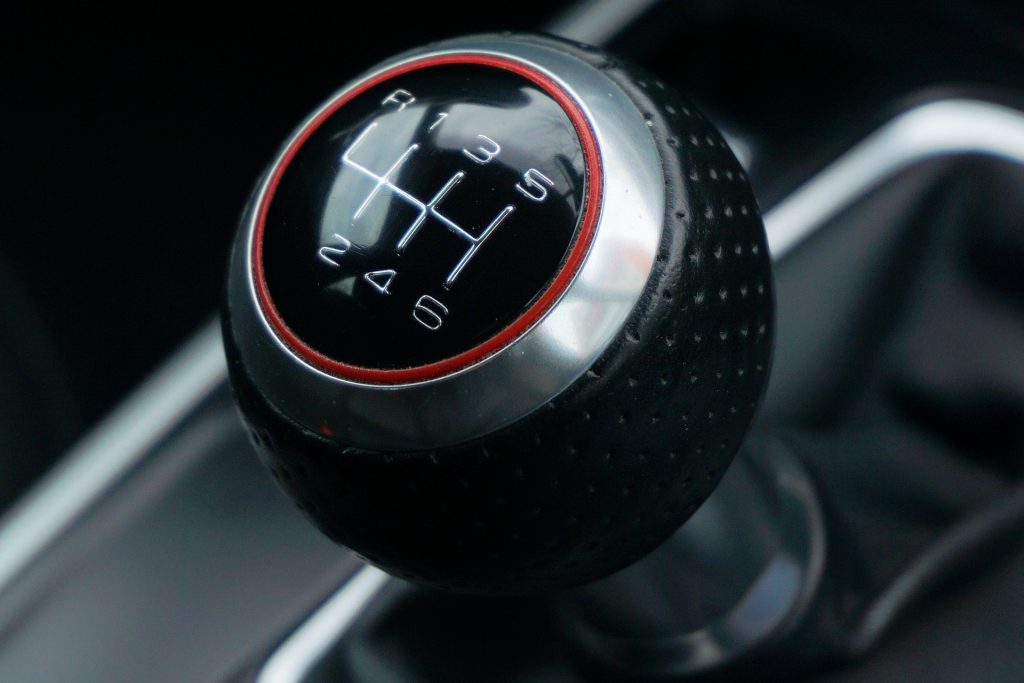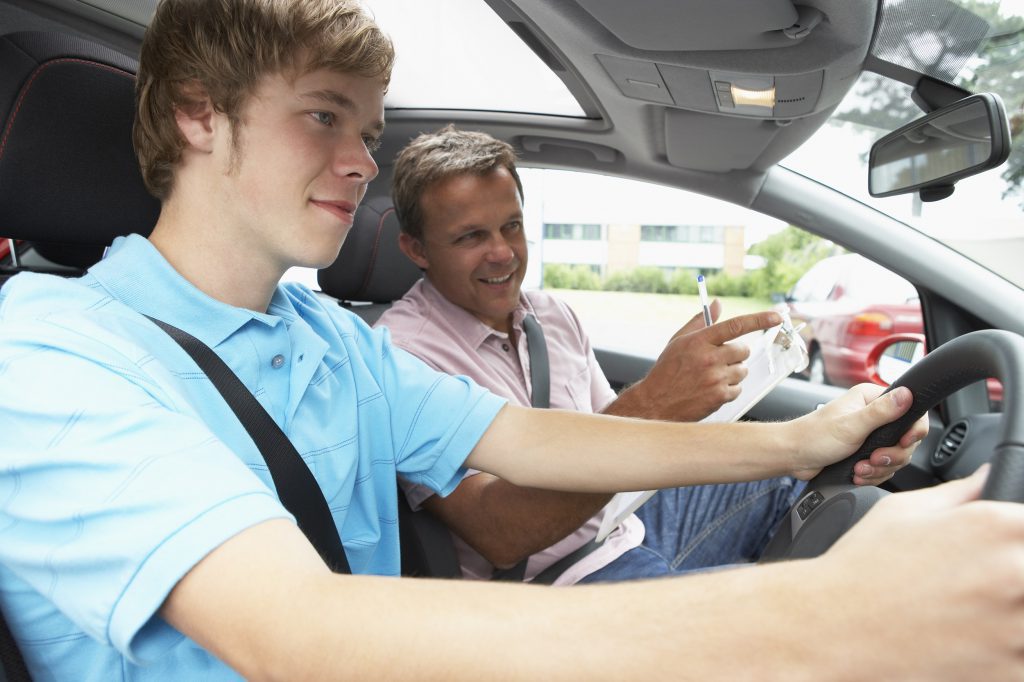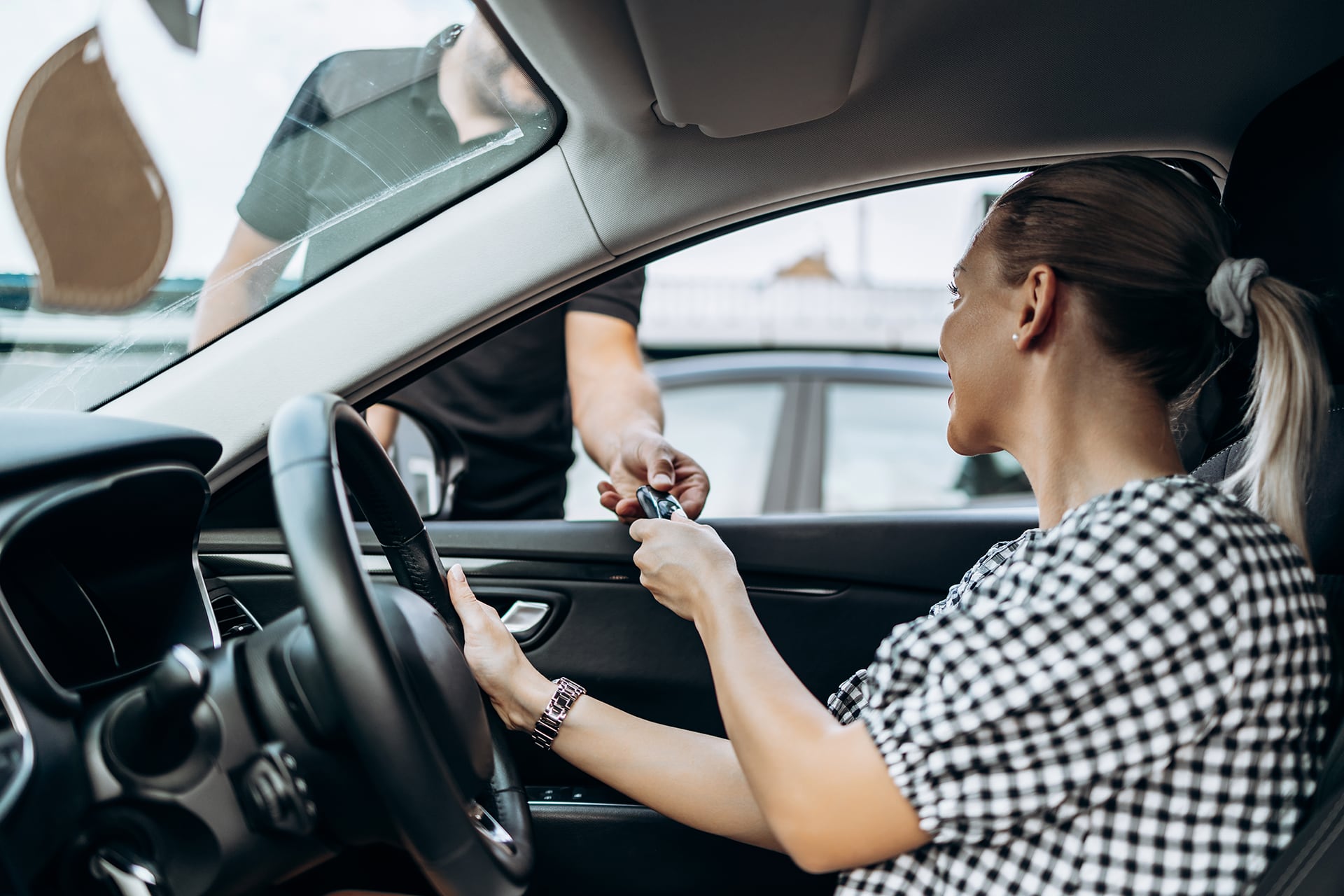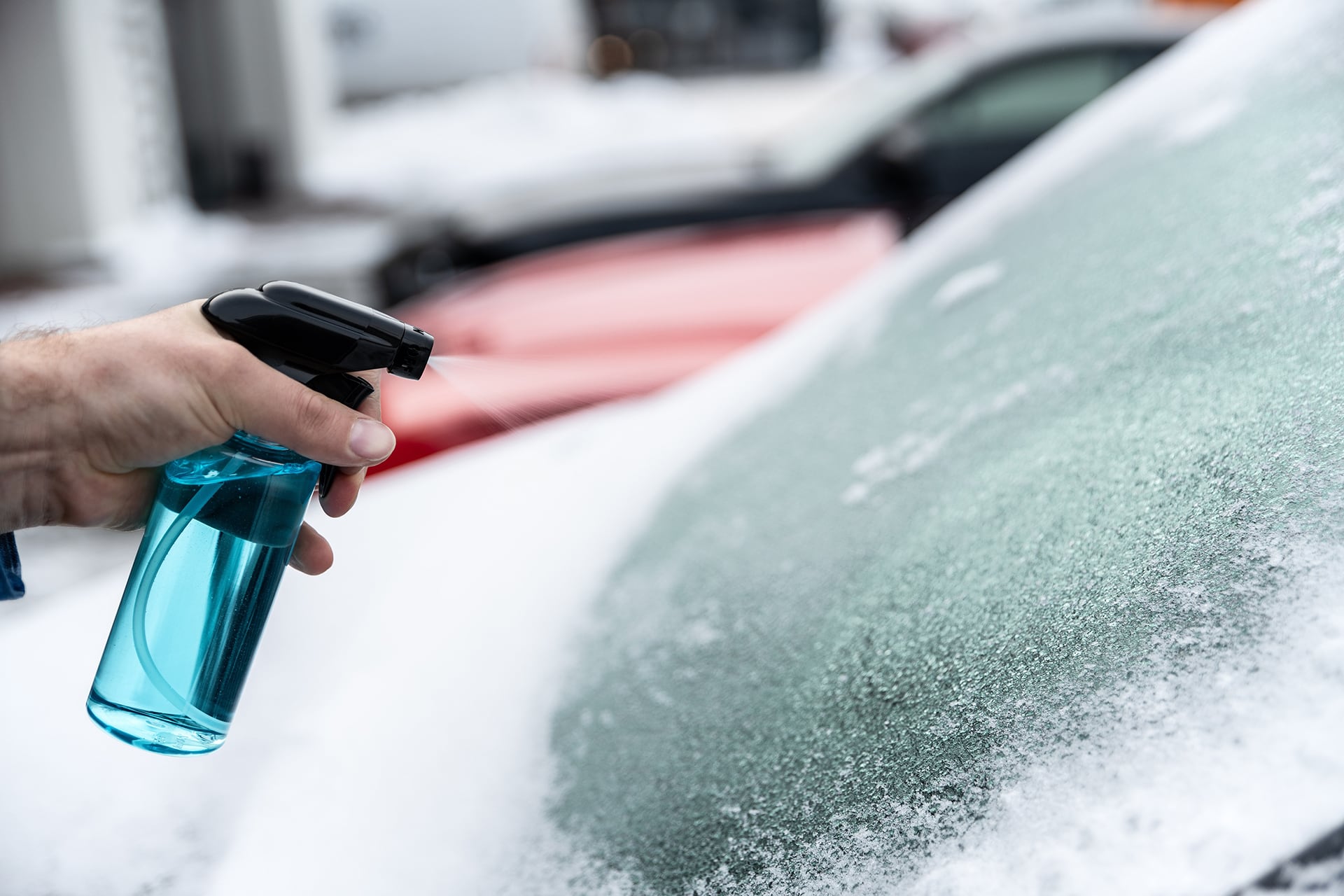Are you trying to decide between an automatic or manual car? Not sure which one is right for you? No matter if you are looking to buy a new car or borrow one for the weekend, you’ve come to the right place. This guide breaks down the difference between manual vs automatic cars, the pros and cons of each, and provides answers to key questions you may have before making a decision.
What is the difference between automatic and manual cars?
For the uninitiated, a manual car requires the driver to change the vehicle’s gear themselves. This is achieved by moving the car’s gear stick and pressing down with your foot on the clutch pedal.
In comparison, an automatic car is one where the driver isn’t required to shift gears manually as the vehicle does this automatically depending on how fast you are going. As a result, there is no clutch pedal in automatic cars, making them simpler to drive.
The pros and cons of buying a manual car
The pros of manual cars
- a manual car affords the driver more control over the vehicle as you can choose which gear to use depending on the situation.
- while older manual cars typically accelerate at a faster pace, the gap in terms of general speed between manuals and automatics has closed.
- manual cars are cheaper than automatics in general. There are more used manual cars available in the UK which drives down prices. They are also cheaper to repair due to being less complex.
The cons of manual cars
- they are more difficult to operate as drivers need to utilise the clutch in conjunction with changing the gear. Driving an automatic is simply a case of breaking and accelerating.
- manual cars are not as safe as automatics as they require you to regularly take one hand off the wheel to change gear.
- if you are driving for a long time or in congested areas, manual cars can be more tiring to drive as you need to switch between pedals more.

The pros and cons of buying an automatic car
The pros of automatic cars
- automatics are easier to drive than manual cars as you only need to accelerate and brake without having to worry about using the clutch or manual gearbox/stick.
- there is less of a learning curve, especially on hills, as there is no danger of stalling the engine as with a manual car.
- they are safer to drive as you do not need to remove one hand from the wheel to regularly change gear.
- automatics are better in congested areas or busy traffic as you are not constantly required to change gear.
The cons of automatic cars
- automatics tend to be more expensive to buy in the UK, as there are fewer of them available, which increases the cost in the used car market.
- older automatics can sometimes be slower than manual equivalents, but this disparity has now closed with newer cars as automatics can match their speed.
- automatics provide the driver with less control of the car as you are unable to choose which gear to use – a feature that would be handy in bad weather or rough terrain.
- the repair costs are greater due to the transmission having more moving parts.
Is it cheaper to insure a manual car?
While there is not a massive difference between insurance premiums on manual vs automatic cars, it is typically cheaper to insure a manual vehicle. This is due to the fact that automatic gearboxes are more complex and therefore cost more to replace than manuals – driving up the cost of insurance. Further still, automatics tend to be higher specification vehicles which is also an insurance factor.
However, if you are simply looking to pick up weekend car insurance for an automatic car, then this isn’t something that should overly worry you. For those who are looking to make a permanent change and want to save every penny, manual vehicles might become more attractive.
Should I learn to drive in a manual or an automatic car?

When it comes to learning to drive, most people will choose to learn in a manual car. This is because if you pass your test in a manual car, you can then drive an automatic later, giving you more choice. However, if you pass your car in an automatic, you are not qualified to drive a manual car, preventing you from ever getting behind the wheel of something other than an automatic.
However, with automatics becoming more and more prevalent, and if you are confident that you won’t ever need to drive a manual car, learning to drive in an automatic is much easier. You don’t have to worry about clutch control, changing gears, or stalling your car – a mistake that is the bane of many a learner driver. Instead, you can focus on speed and road position.
READ ALSO: The five must-have features in a learner driver car
Are manual cars more fuel-efficient than automatics?
It is the traditionally held view that manual cars are more fuel-efficient than automatics, however, this is no longer really the case. It was once true that the old type of automatic cars with their three-speed transmission did indeed guzzle more fuel than a manual but with the change in technology, times have changed. Today, six-speed transmissions are standard for automatics, a sign of how much things have moved on.
Are manual cars faster than automatic cars?

Traditionally, manual cars have been faster than automatics due to the fact that they are better at transferring power from the engine to the wheels for optimum acceleration. As with most things, however, times are starting to change this, with some automatics now sporting dual clutches. As a result, that gap has now closed, and new automatics are just as fast in terms of general speed. The ability to change gears manually, however, will still be the preference of those who enjoy driving at speed such as on a track.
READ ALSO: What you need to do before buying a car
Are electric cars automatic or manual?
An electric car does not require a multi-speed transmission, or gears, due to the fact that they don’t have internal combustion engines – which require multiple gears. Electric motors produce a consistent level of power instantly, meaning there is no need for gears. As a result, most electric vehicles have a single-speed (or ‘single-gear’) transmission which regulates the electric motor. So, your typical electric car will have neither a manual or automatic transmission but will be more like an automatic to drive as there is no clutch or gear stick.
Are manual cars being phased out?
As the years go on, automatic cars are becoming more and more popular in the UK, and some reports even suggest that cars with a manual transmission could vanish from UK roads over the next decade. Manual cars seem to be going out of style and with electric and hybrid cars not requiring the driver to change gears due to their single-speed transmissions, this trend is only going to continue. It could well be that manual cars soon become a rarity on our roads, with only motoring enthusiasts seeking them out.
How to choose between a manual or automatic car
We hope this guide has been helpful in helping you decide how to choose between an automatic car and a manual car. As you can see, there are many differences, and both have their own strengths and weaknesses.
For more tips, guides, and advice, make sure to visit our news page.



